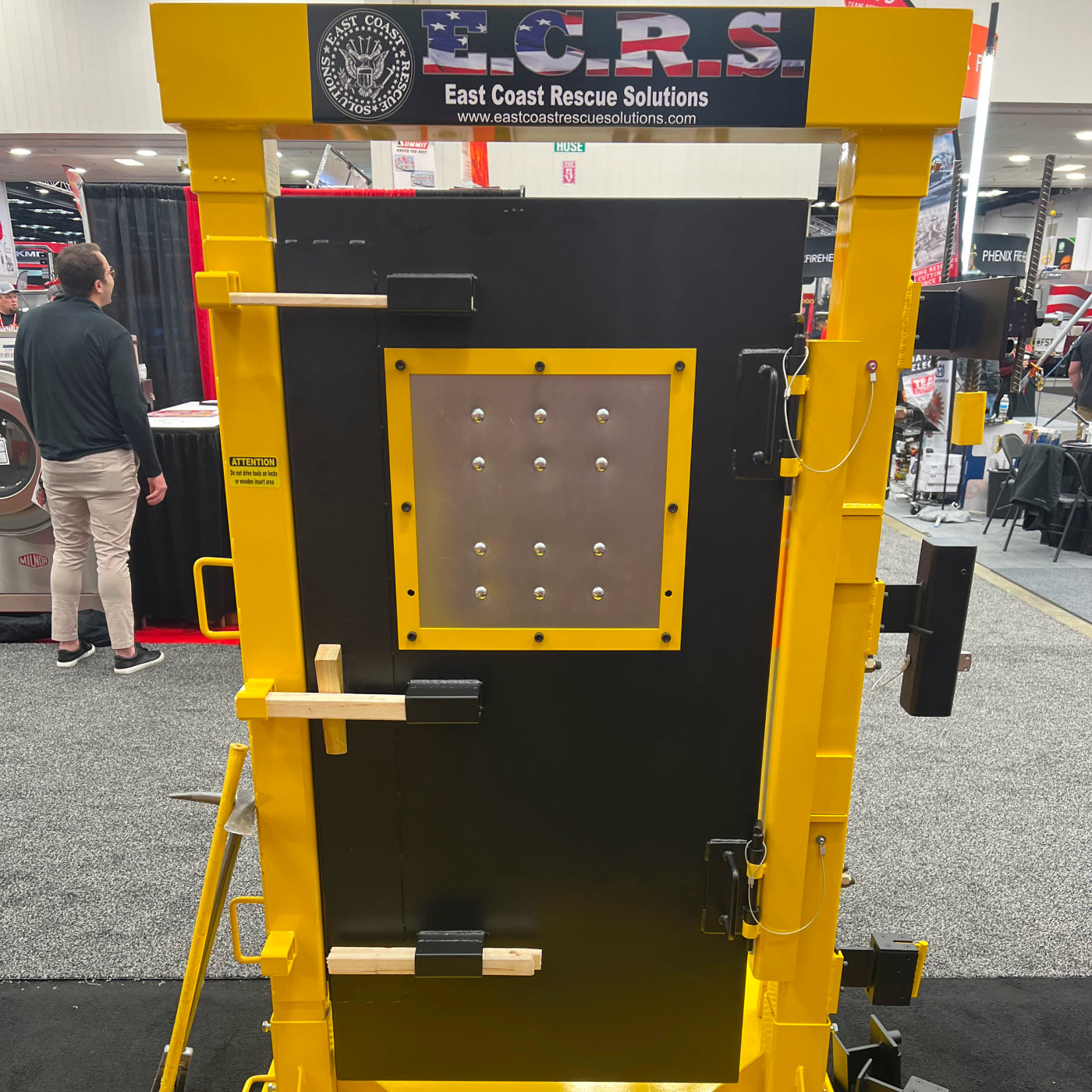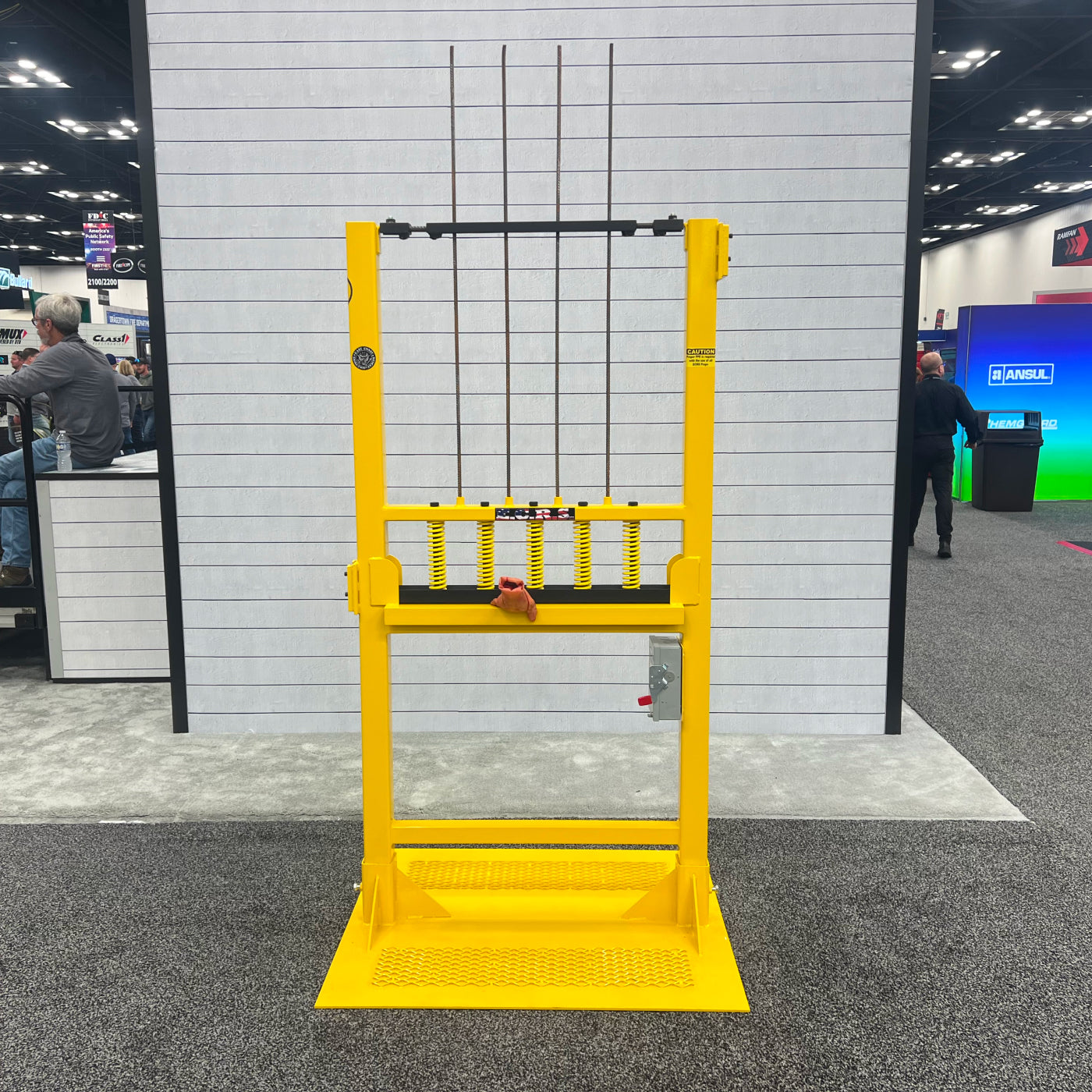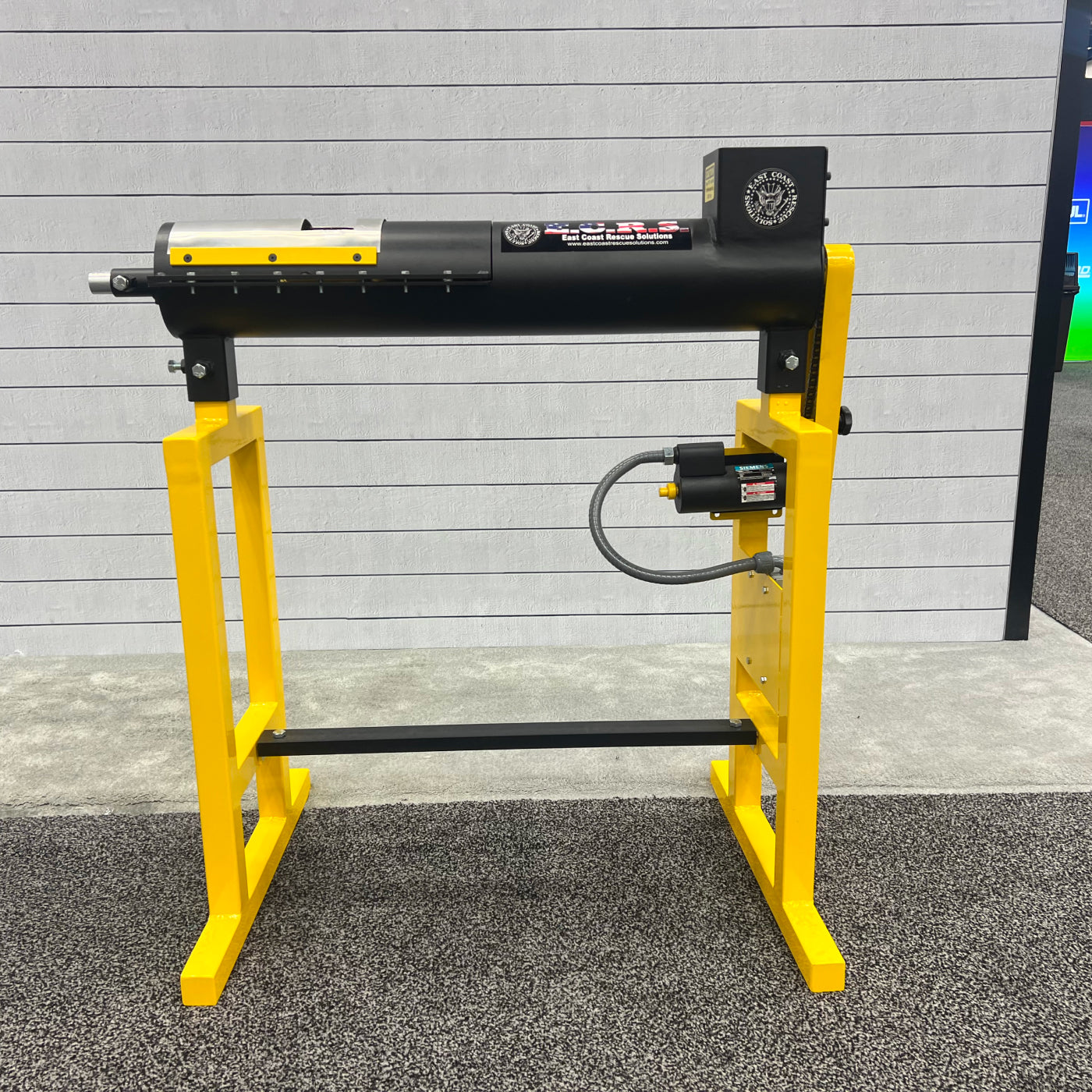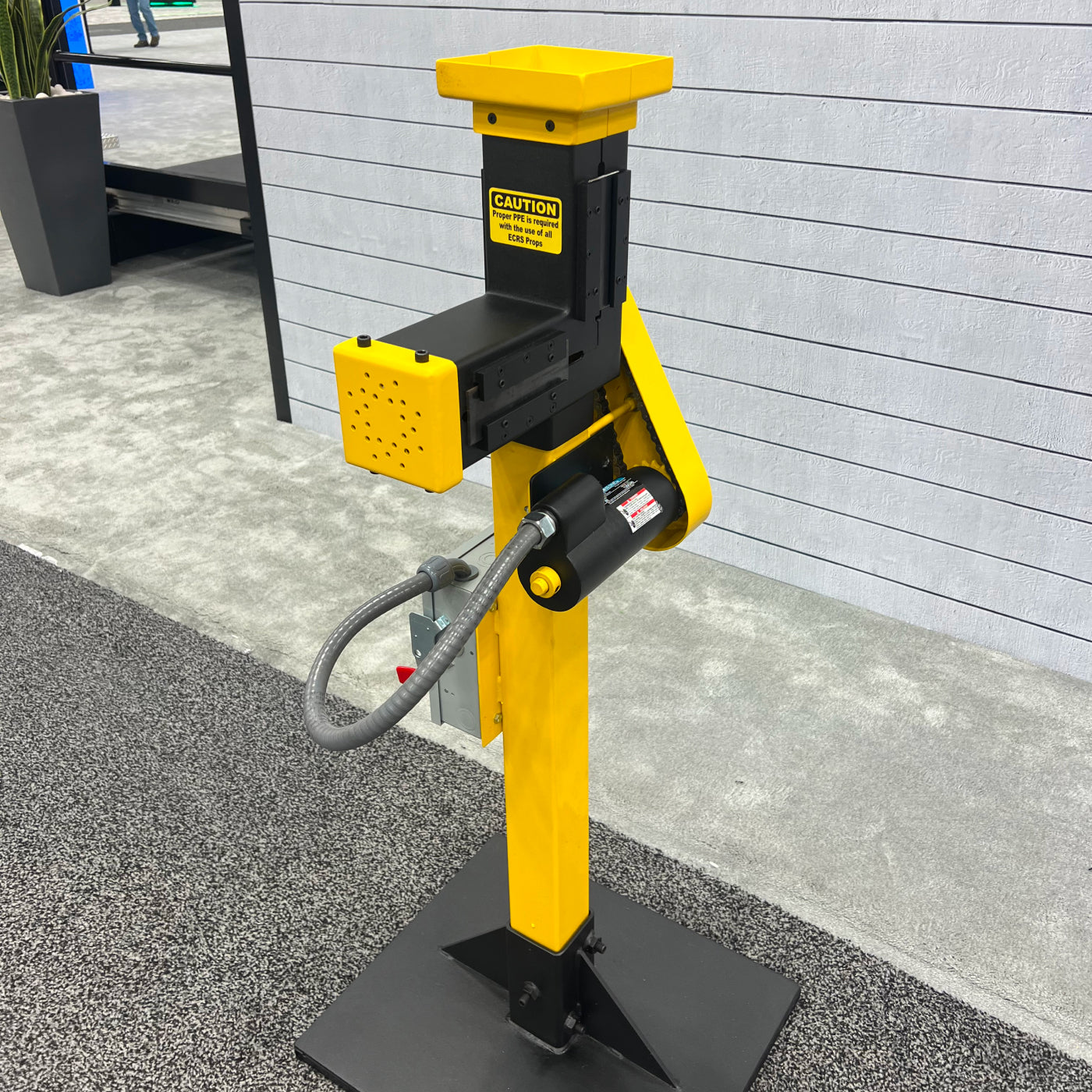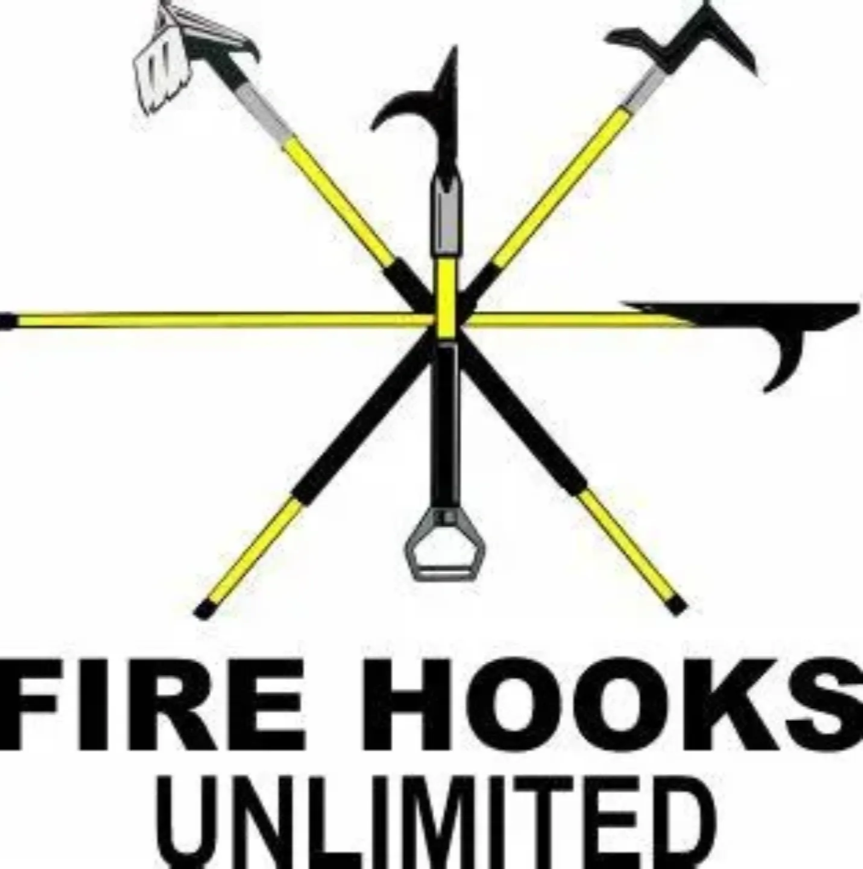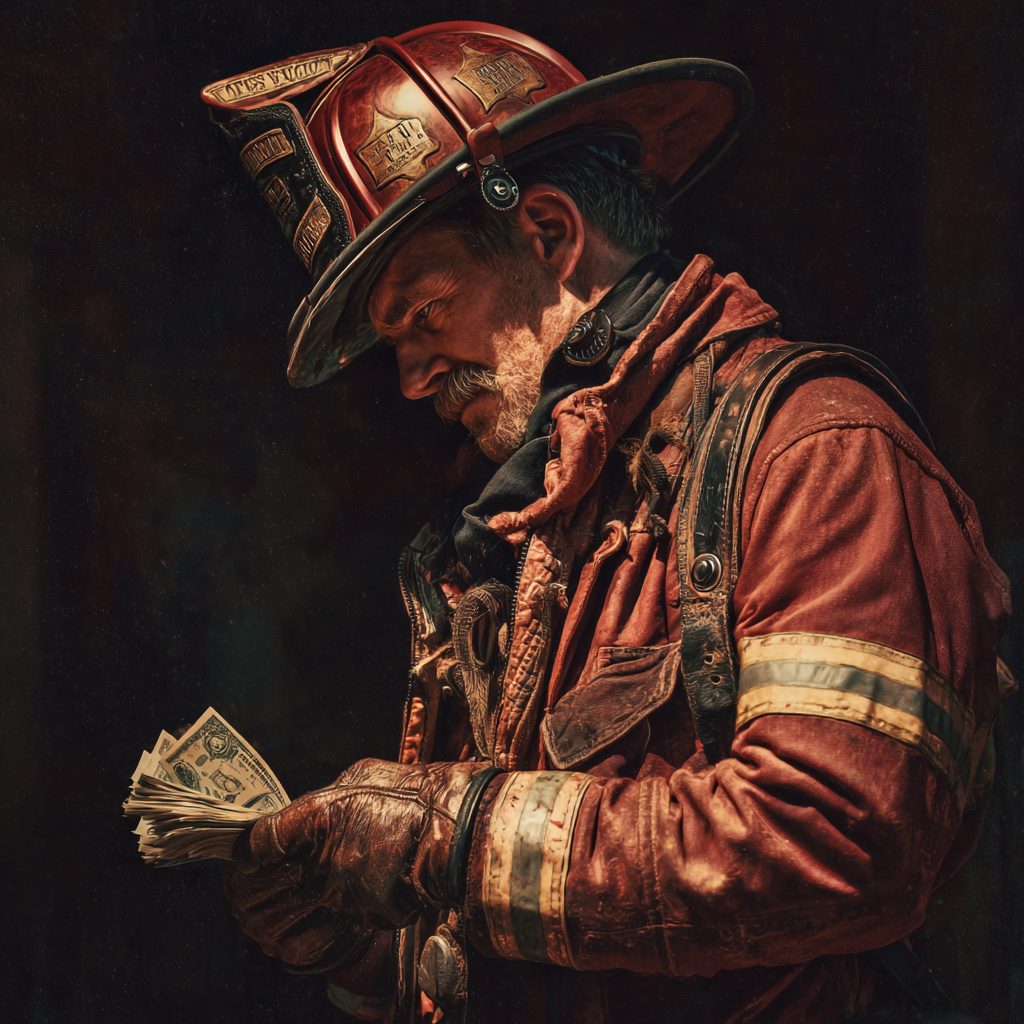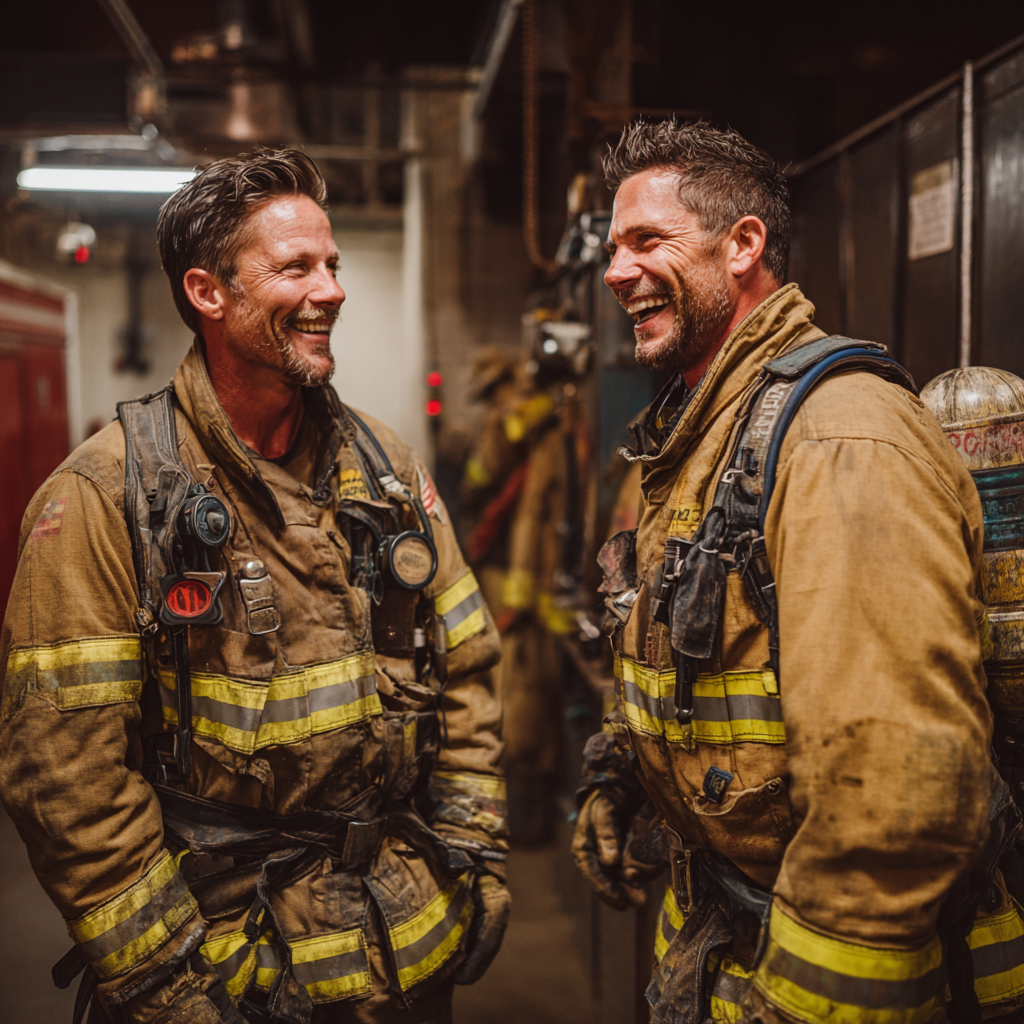Firefighters are hailed as everyday heroes, running into burning buildings, responding to life-threatening emergencies, and facing intense physical and mental challenges daily. But how does the compensation stack up against the risks? Is the pay enough to justify the danger? Let’s break down the realities of firefighter salaries, the associated risks, and whether the compensation aligns with the hazards.
Understanding Firefighter Salaries
Firefighter salaries can vary significantly based on location, department size, experience, and specialization. Here’s a general breakdown:
-
Entry-Level Firefighters: $30,000 - $40,000 annually
-
Experienced Firefighters: $45,000 - $60,000 annually
-
Specialized Roles (e.g., Hazmat, Technical Rescue): $65,000 - $85,000 annually
-
Fire Captains and Chiefs: $90,000 - $120,000+ annually
Overtime and Hazard Pay
Firefighters often work extended shifts, sometimes exceeding 24 hours straight. This can lead to significant overtime pay. Additionally, hazard pay may be offered for particularly dangerous assignments, such as wildfire containment or high-rise rescues.
Pro Tip: The amount of overtime and hazard pay can vary by department. In larger metropolitan areas, overtime pay can add $10,000 - $20,000 to a firefighter’s annual salary.
The Physical Risks: Injuries and Health Hazards
Firefighting is one of the most physically demanding and dangerous professions. Firefighters face multiple hazards, including:
-
Burns and Smoke Inhalation: Even with protective gear, firefighters are at risk of severe burns and respiratory damage.
-
Musculoskeletal Injuries: Heavy lifting, carrying equipment, and rapid movements can lead to back injuries, sprains, and fractures.
-
Exposure to Toxic Substances: Burning chemicals, asbestos, and other hazardous materials can have long-term health impacts.
-
Cardiac Events: The intense physical exertion increases the risk of heart attacks, a leading cause of firefighter fatalities.
Pro Tip: Some departments offer hazard pay for assignments that carry a higher risk of injury, such as hazmat responses or vehicle extrications.
Mental and Emotional Risks: PTSD and Burnout
Firefighters witness traumatic events regularly – from severe car accidents to house fires with casualties. The psychological toll can be immense:
-
PTSD and Anxiety: Repeated exposure to traumatic scenes can lead to post-traumatic stress disorder.
-
Burnout and Exhaustion: Long hours, sleep deprivation, and constant stress contribute to chronic burnout.
-
Mental Health Support: While some departments provide counseling and support services, smaller departments may lack these resources.
Pro Tip: If your department doesn’t offer mental health resources, consider seeking external support. Many firefighter organizations provide free or low-cost counseling services.
Comparing Salaries to Other High-Risk Jobs
Is firefighter pay proportional to the risks involved? Here’s how it compares to other high-risk occupations:
|
Profession |
Average Salary |
Risks |
|
Firefighter |
$50,000 - $60,000 |
Burns, PTSD, toxic exposure |
|
Police Officer |
$55,000 - $65,000 |
Assault, vehicle accidents |
|
Construction Worker |
$40,000 - $55,000 |
Falls, heavy machinery |
|
Electrician |
$45,000 - $70,000 |
Electrical shocks, burns |
|
Oil Rig Worker |
$75,000 - $100,000 |
Explosions, falling objects |
While firefighter pay is competitive, it’s not necessarily commensurate with the level of danger involved. Oil rig workers and electricians often earn higher salaries despite facing fewer life-threatening situations.
The Bottom Line: Is the Pay Worth the Danger?
Firefighting is more than just a job – it’s a calling. While the pay can be substantial, particularly in cities with high overtime and hazard pay rates, the risks remain significant. The physical, mental, and emotional toll of the job is undeniable, and many firefighters question whether the compensation adequately reflects the dangers they face daily.
Ultimately, the decision to pursue firefighting should consider both the financial benefits and the profound impact on health and well-being. For those driven by a sense of duty and service, the rewards often go beyond the paycheck.

